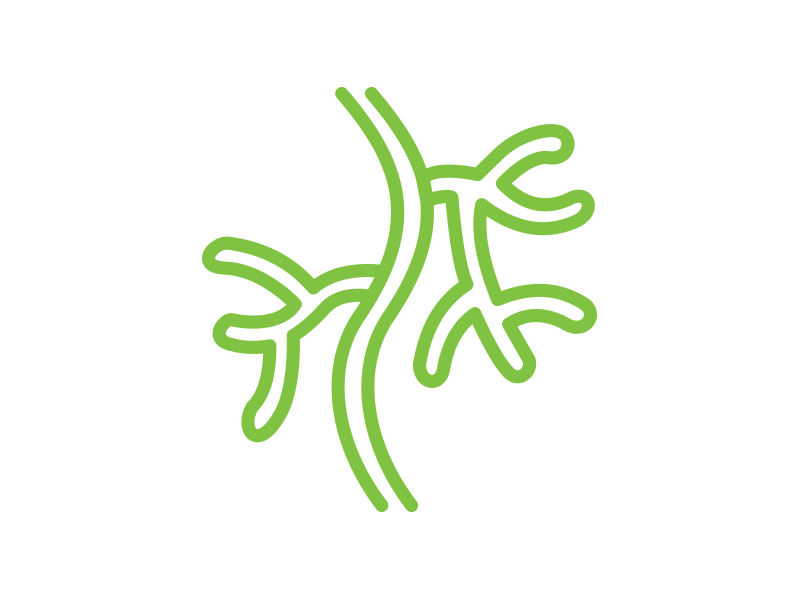
Neurology
The remote anatomies and tortuous vasculature of the nervous system make a low-friction surface essential for neuro-device delivery systems. Intricate neurovasculature demands delicate, fine diameter devices where coatings be applied with utmost precision. Strict particle-generation requirements also apply to these devices and their coatings. Infection associated with these neurological devices and implants can lead to serious consequences, and systemic antibiotics treatment is especially difficult in the brain. This is why a high-performance coating is essential.
Learn moreCardiology
As minimally invasive procedures become the preferred cardiology treatment in so many areas, the surface performance of the devices they employ is critical. Catheter-delivered procedures address smaller and smaller anatomies while the devices being employed grow larger and more complex. These trends make it essential to minimize friction between devices, catheters and tissue to ensure optimal outcomes. In addition to reduced friction, infection and its costly consequences must be minimized when device implants are introduced to the body.
Learn More

Peripheral Vascular
As in many clinical areas, minimally invasive procedures are now the preferred method for diagnosing and treating peripheral vascular diseases. Device manufacturers are producing increasingly complex tools for ever smaller anatomies, greatly improving stent and stent graft technology and expanding the potential patient population. To enable these treatments and minimize the friction between the device or catheter and tissue, high-performance coatings have become essential.
Learn moreVascular Access
Surface coatings have become a major driver in the growth of minimally invasive procedures and the vascular access market. Low-friction surfaces help to ease device insertion, improve positioning and reduce patient discomfort during treatment. Powerful antimicrobial properties enable devices to be implanted in blood vessels for extended periods of time with minimal risk of infection.
Learn More

Urology
Urology procedures and devices are a major contributor to healthcare-acquired infections, with the CDC estimating that nearly one third of U.S. cases resulting from catheter-associated urinary tract infections. To reduce these occurrences, urological device makers have become a major implementer of antimicrobial coatings.
Learn moreOphthalmology
This field of medicine is experiencing an accelerated introduction of new techniques and devices. Cataract procedures and the intraocular lens insertion they require benefit immensely from micro-devices coated to minimize surface friction. The same is true for glaucoma treatments and other eye procedures where lubricious devices make both surgery and drug delivery easier and less invasive. The miniscule scale of these ophthalmological tools requires extremely precise coating applications and thicknesses.
Learn More

Orthopedics
Orthopedic implants can be enhanced with surfaces that promote osseointegration (structural and functional connection) between living bone and the surface of an implant. If infection occurs in an orthopedic implant, the consequences can be severe. Biofilms accompanying these infections can make them especially difficult to treat, requiring long-term antimicrobial treatment and often removal of the implant.
Learn more
